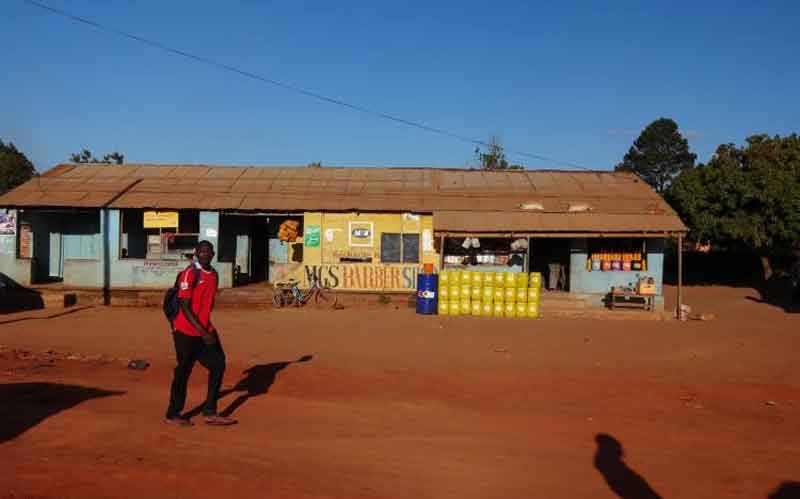Industry-news
Why is Africa demanding pumps?
Africa has 15% of the world's population, but only 9% of the world's renewable water resources. The distribution of water resources is extremely uneven. Central Africa has 50.66% of the total inland water resources of the African continent, while the northern part has only 2.99% of the total. More than 40% of the African population lives in arid, semi-arid areas and half of the water shortage. Wet zone.

Water resources have seriously affected the production and living standards of people in Africa. Currently, about 884 million people worldwide do not have access to safe drinking water, and 37% of them live in Africa.
For African countries with dry and water-deficient surface, the rational development and utilization of groundwater is of paramount importance. Nigeria mainly obtains safe drinking water through joint development and utilization of surface and groundwater resources such as drilling, drilling, collecting and dam construction.
Nigeria has abundant groundwater resources. According to the Food and Agriculture Organization of the United Nations (FAO), the amount of groundwater resources used in West Africa is less than 1% of annual replenishment. Therefore, rational development of groundwater resources can effectively alleviate the dry season in Nigeria, especially in the northern part of the country. Water shortages promote their agricultural and socio-economic development.
About 60% of people in Africa live in rural areas, 80% of which rely on groundwater systems. The groundwater reserves in Africa are 660 trillion cubic meters, which is more than 100 times the annual renewable freshwater resources in Africa. In the underground sedimentary aquifers of North African countries such as Libya, Algeria, Egypt and Sudan. Groundwater in Africa is mainly used for agricultural irrigation and domestic water withdrawal. In Libya, almost 100% of irrigation water comes from groundwater, and 56% of Algeria's irrigation water comes from groundwater.
The pedal pump is a commonly used irrigation tool for farmers. Its price is very low, and the price of a single machine is between 20 and 100 US dollars. The use of this type of water pump is very simple, and it is only necessary to constantly step on the pedal to complete the pumping irrigation work. Bangladesh was the first country to use such pumps. In recent years, pedal pumps have been introduced to the African continent and are widely used in African countries in Burkina Faso, Ethiopia, Ghana, Mozambique and Zambia.
The promotion of electric water pumps is a good example. Although the pump is very efficient, its popularity in the African continent has been at a low level. This is because most electric water pumps are imported products, and local farmers simply cannot read the text on the instructions, and naturally they cannot use them properly. If someone can translate the instructions into a local language version, the situation will change a lot.
The pump market is dominated by hot and arid regions in North Africa and West Africa. In most developing countries in Africa, due to relatively backward development, infrastructure such as domestic water and agricultural and forestry irrigation is seriously inadequate. At present, developing countries have attached great importance to this and increased investment to continuously improve the level of agricultural mechanization.
RELATED NEWS
- 10 Signs Your Water Pump Needs Replacing - Don't Wait Until It's Too Late!
- The Importance of Regular Maintenance for Centrifugal Pumps
- Best Materials for Chemical Pumps to Resist Corrosion
- The Importance of Quality Water Pumps in Industrial Applications
- The Wide-Ranging Applications of Vertical Multistage Pumps: A Must-Have for Many
CATEGORIES
LATEST NEWS
CONTACT US
Name: Mr.Zhang
Mobile:+86-13526505333
Tel:+86-0371-64032585
Whatsapp:+86 135 2650 5333
Email:[email protected]
Add:Gongyi City, Henan Province

